If I had to describe my life in the last fifteen years, it would be easy—adventure travel!
As far back as I can remember, I always wanted to hike big mountains, snowy peaks, deserts, jungles, and volcanos. Growing up in southern California gave me a good start. We had high elevation mountains and deserts, all within an hour away. However, volcanoes and jungles were hours away on an airplane. This opened up a whole new world of travel, and once I started, it sure was hard to stop. Through years of this kind of travel and hundreds of minor mistakes, I have gained a vast amount of knowledge on preparing for overseas expeditions in remote places and busy concrete jungles.

Taking That Leap
Planning for an overseas trip can be hectic and downright scary enough for most people to never get past the vivid pages of a travel magazine or brochure. Once the initial time, place, and finances are set aside (which is usually the most challenging part), it’s time to figure out what kind of adventure you want. These days it is so much easier to be your own travel agent and research maps and photos. Significant advances have been made towards smartphone apps that allow you to download maps that can be used offline. Booking the flight shouldn’t be a problem with so many companies competing, like Expedia, KAYAK, and Travelocity. Rest assured, pay the extra money for flight insurance in case of last-minute changes due to bad weather or things beyond your control, because part of the art of travel is being flexible!
READ MORE: Survival Water Filters – What to look for and what not to buy!
Seek Your Adventure
Some countries are not always set up for self-booking and planning, and you actually need to land there before booking tours/expeditions. An example of this was in July of 2015, as I planned my trip to Havana, Cuba. First of all, there were no flights offered for US citizens at the time. I had to plan a few days to secure air transport, visas, and hotel arrangements while I was in Mexico. Once I landed in Cuba, I planned my domestic travel to other parts of the country and arranged hikes and trips to the jungle, but only through direct people, as they had Wi-Fi in only 32 different parts of the country at that time. These Wi-Fi places were called hot spots but were not free by any means. Everything was done via makeshift travel agents using a rotary telephone. It was a little more hectic than most places we will visit in our lifetime, but it was well worth the adventure. Needless to say, I was always greeted with such respect and warmth as an American by the Cuban people.
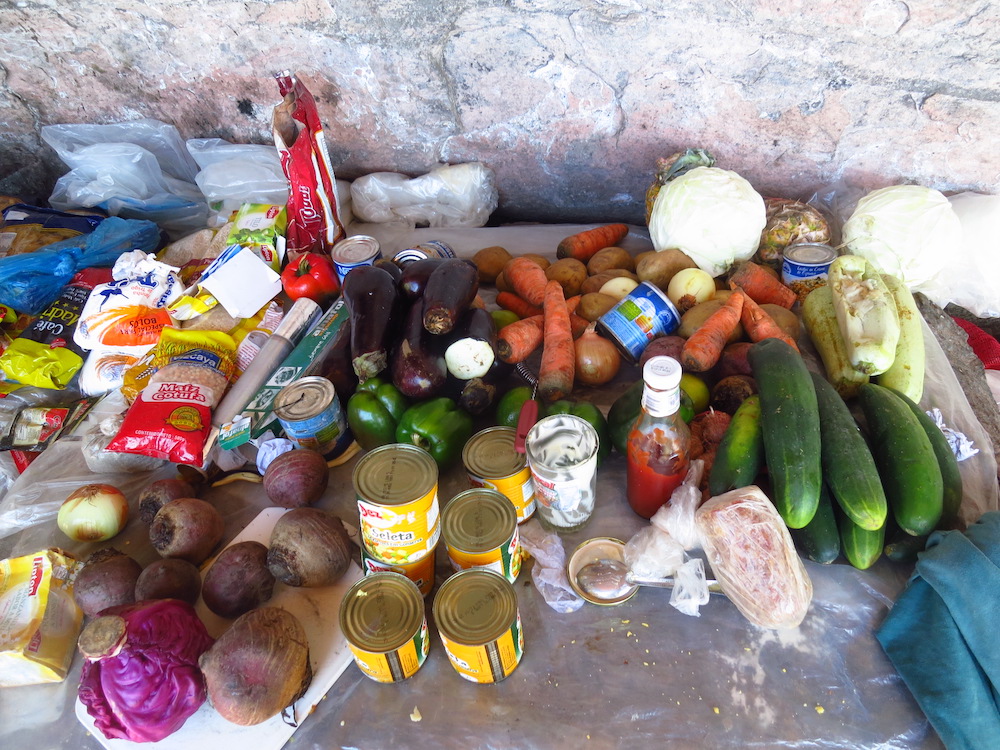
Many countries have local tour offices that range from day trips to long, multi-day trips. Often, they supply everything needed or up to 80% of the gear, including food. It’s best to spend a day looking around and comparing before laying down your cash. These small offices will usually be easy to spot and will read: Trekking, Excursions, or Bushwalking if you are in New Zealand and Australia. City and historical tours are also available at most places too. This makes travel more accessible and hopefully gets more people out there. Years ago, in Belize, I walked until I saw people with cardboard posters advertising jungle trekking and ancient ruins as a long day tour. Pressed for time, I agreed. We sloshed through mud, rode through the rainforest, hiked, laughed, took pictures, climbed up the ruins—all in a day. Almost every country I’ve been to in Southeast Asia, Latin America, Australia, and Europe has these options for adventurers.
Expeditions Abroad
I traveled to Venezuela to see Angel Falls and then climb Mt. Roraima (9,000-feet) for a three-week-long expedition. It involved bush planes, never-ending bus rides, 16 security checks from law enforcement and police, as well as hours in a small motorized jungle boat. Most of it was booked and arranged in advance through a tour company. They supplied porters who carried food, shelters, cooking supplies, and necessities for the long, harsh trip up the mountain. I read this on the back of a Cliff Energy Bar wrapper about expeditions: “Expeditions take an enormous amount of energy, equipment, and people just to put a handful of individuals on top of a mountain.”
I agree with this statement, and the same goes for any long overseas expedition in the outdoors. However, our physical conditioning is our own responsibility. I’ve seen many hikers bite off more than they can chew regarding long hikes. Getting up any mountain is only half of the trip; you will still need to get off. For example, the Grand Canyon in Arizona is an inverted mountain. Getting down to the canyon floor is only the halfway point. Hikers still need to get back out in the harsh sun and dry air. On my second consecutive year summiting Mt. Whitney (14,496-feet) in the Sierra Mountains of California, one group member didn’t make it to the top even though he was a world-class hiker, and we both trained for six months at elevation to make that trip. Physical fitness is vital; we need strong bodies for the initial travel and the physical exertion. This part is something we all do alone.
Safety Travel Tips
-When booking an outdoor type of instructional class or expedition, do some research and read reviews. Contact them and see how quickly they reply. Ask how many languages they speak.
-Travel Insurance is a good idea for the duration of an overseas trip. Travelinsured.com is one company that is worth looking at. They offer a wide array of coverage for theft, health, cancelations, etc.
-Safety regulations are not the same everywhere in the world. Consider this and make your choice.
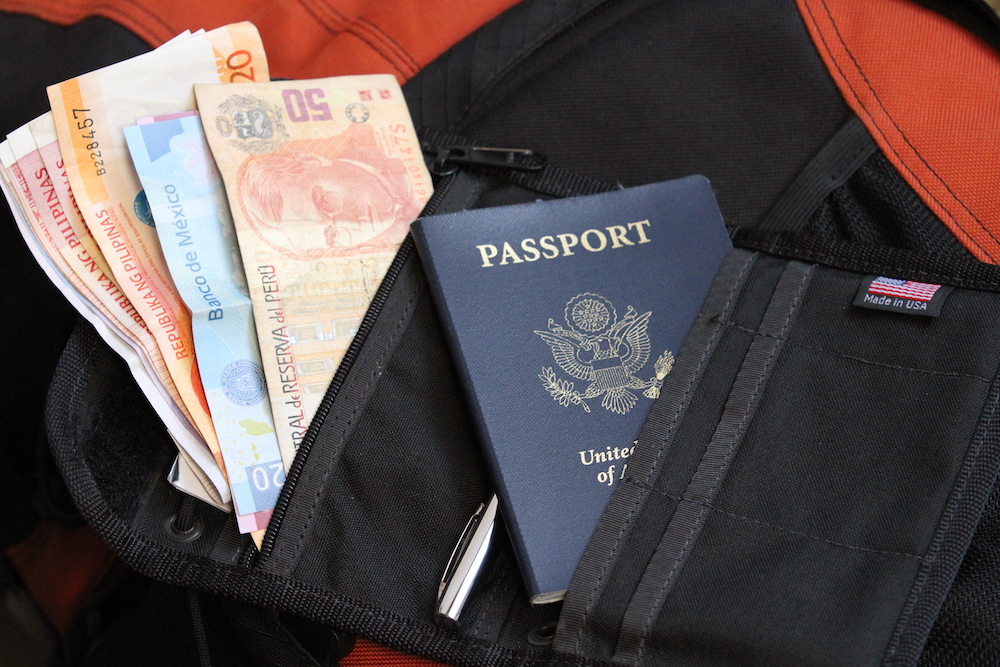
-Money and passport should always be kept on you. Leaving a passport in a hotel or hostel is an easy way to lose it. You can present no better identification to any official abroad than a passport. People are less likely to be mugged and have a passport taken off of them. It is, however, more likely to get it taken from a hotel employee or fellow traveler. As much as possible, use the local currency to not flag yourself as a wealthy Canadian, American or European traveler because most of the world assumes westerners are all rich.
-Create a hidden stash out of an aluminum beverage can by using a safety can opener that removes the top, leaving no sharp edges. The top will fit back on top perfectly and can be glued or taped closed. Another ‘stash’ is an empty tube of toothpaste. Emergency money and documents can be stored inside and sealed by cutting the end off. Fold the open end and cover with foil, then use an iron to heat and seal the tube. Sometimes the best places to hide things are in plain view.
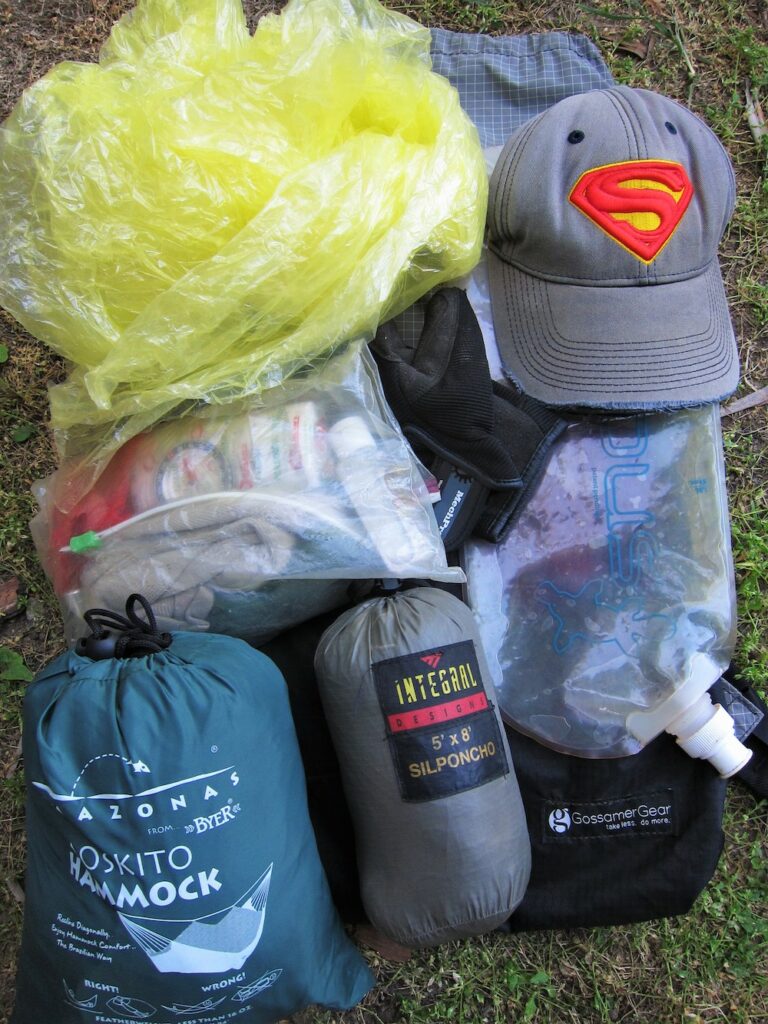
-Food is amazing abroad, usually! Nevertheless, our stomachs are not always used to the sanitation levels of developing nations or other foods that we’ve not been accustomed to eating. This is often trial and error, unfortunately. Still, I say try things, but try to be aware of how it is prepared. I found it good to take energy bars or trail mix for those sketchy places with only questionable street vendors and dirty restaurants. Getting sick abroad just plain sucks.
Equipment should be kept to a minimum and as light as possible. This goes for city travel as well as in the bush. Equipment will vary greatly depending on the kind of trip; therefore, it is beyond the scope of this article. It is well worth the extra planning and money in regards to clothing. Proper covering from the elements is essential, especially overexposure to the sun. Experienced travelers and expedition veterans will agree that a scarf/bandanna garment is quite often the most essential and versatile piece of clothing one could carry. They are like their own kind of clothing multi-tool. Get one!
Obey local laws abroad and stay out of trouble. However, if you find yourself in some, keep your wits about you. Please do your best to work it out as a responsible human and try not ever to say, “But I am a (enter your country’s name) citizen.” All are held to the local rules, regulations, and laws as a visitor. Special treatment should never be expected.
Don’t be a paranoid traveler cowering in fear. Have fun, yet be aware; you may find your new home there. After all, home is a feeling, not a place!
Wrap-Up
There is something to be said for the adventurers who go out there and take that initial leap. A person’s comfort zone is sometimes a terrible place to be trapped, especially if they seek adventure. I read a quote from a travel book that said, “Life begins at the end of your comfort zone!”




























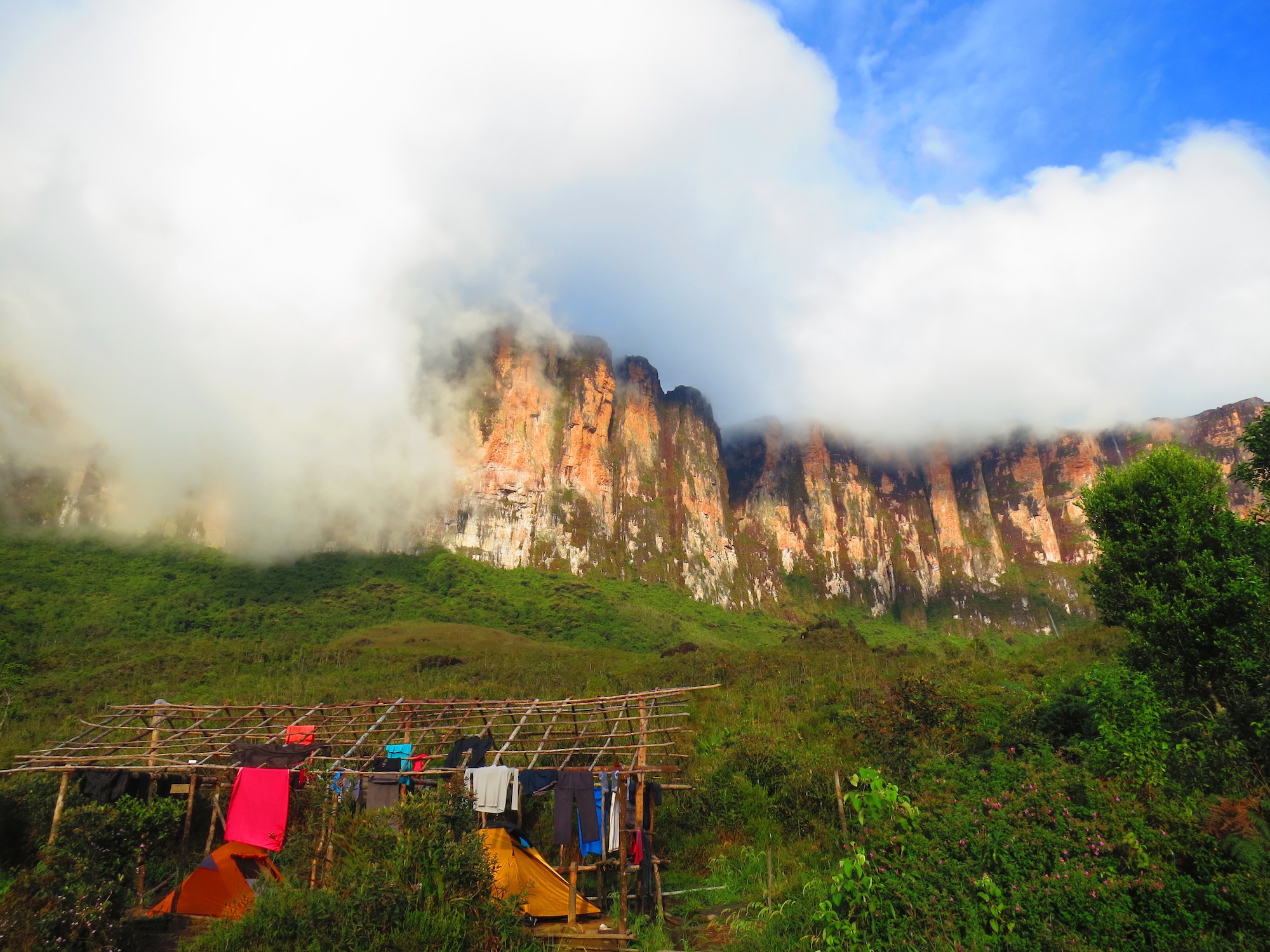
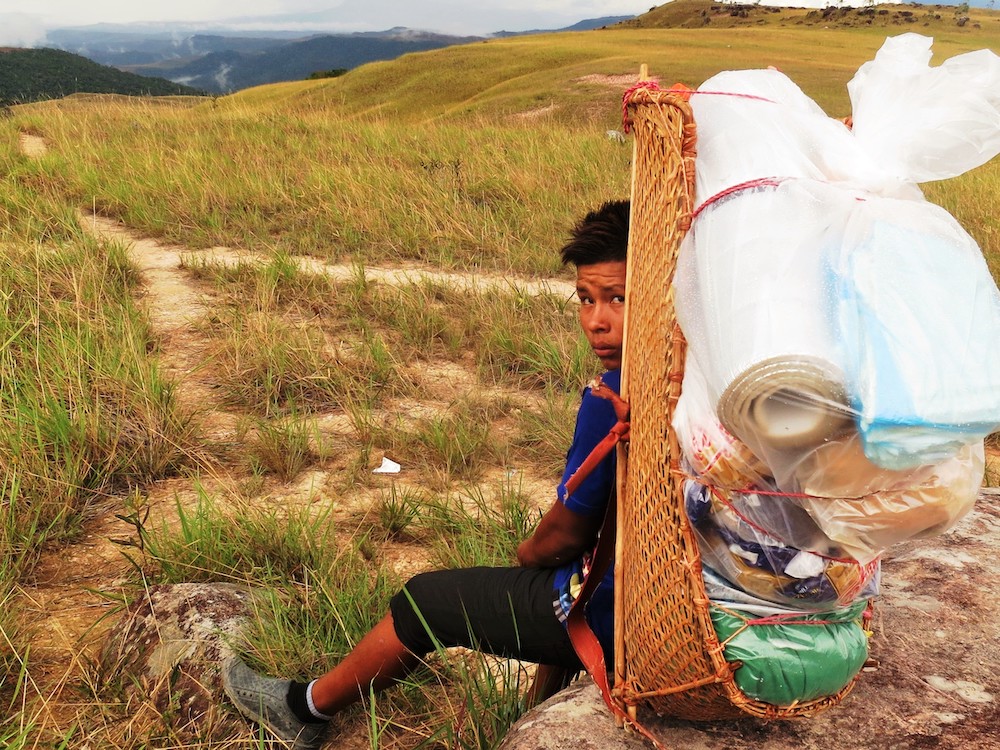
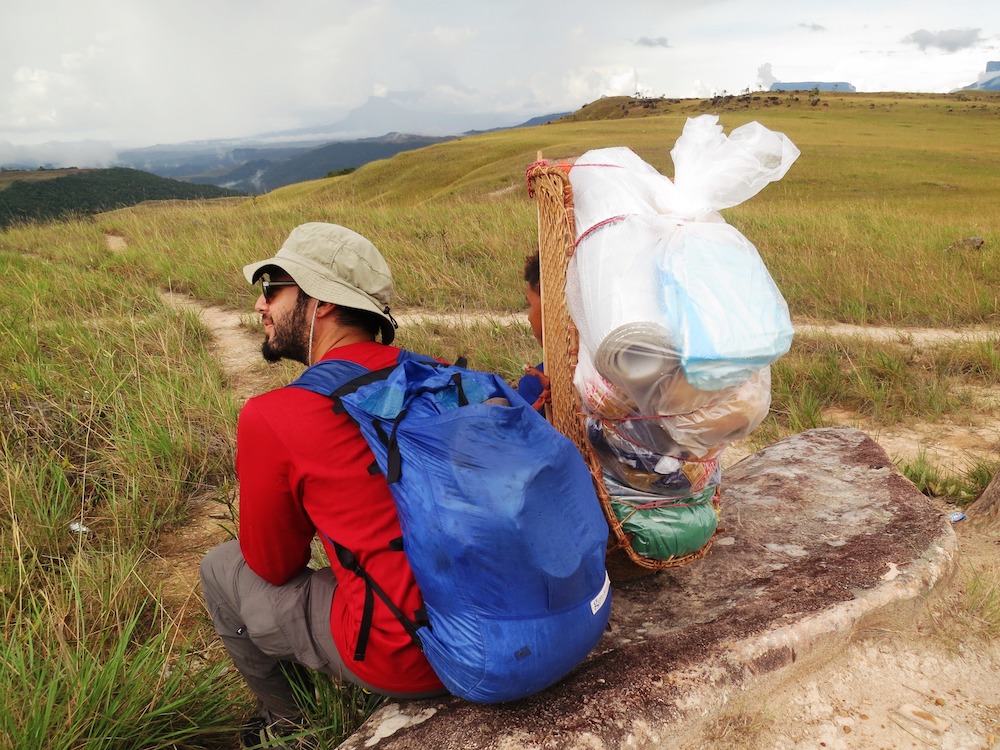

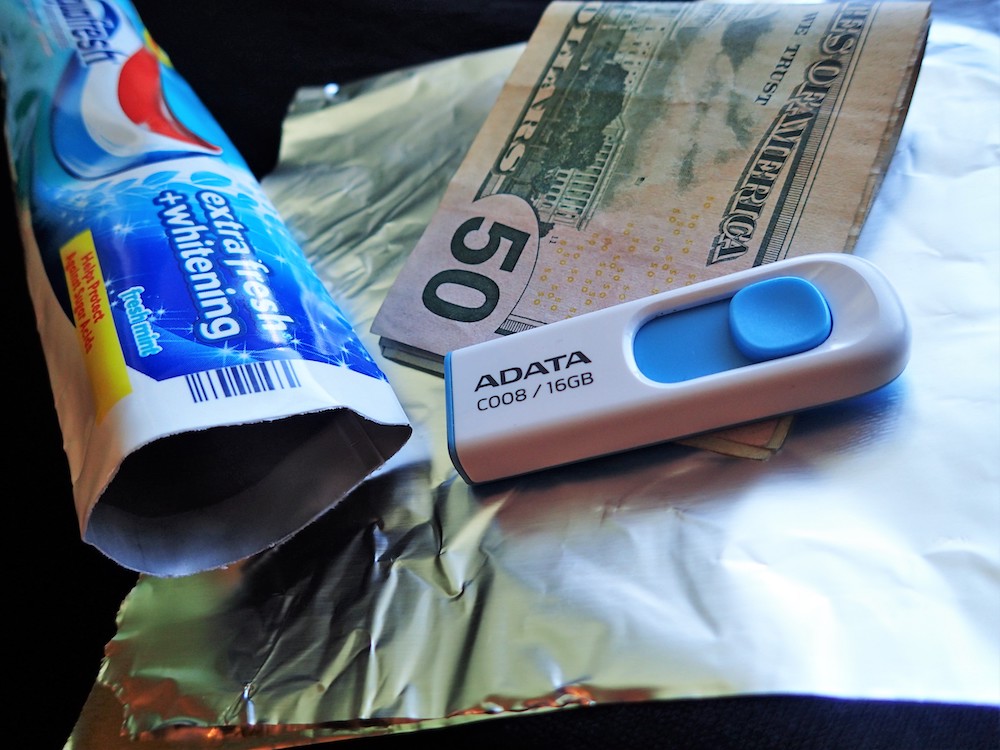
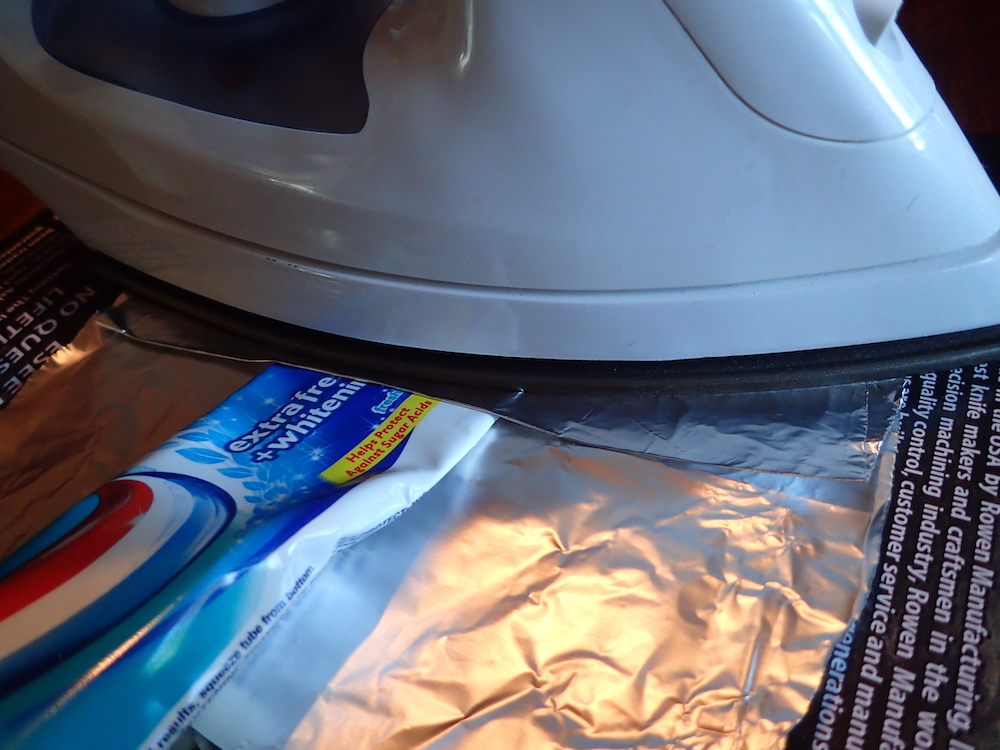

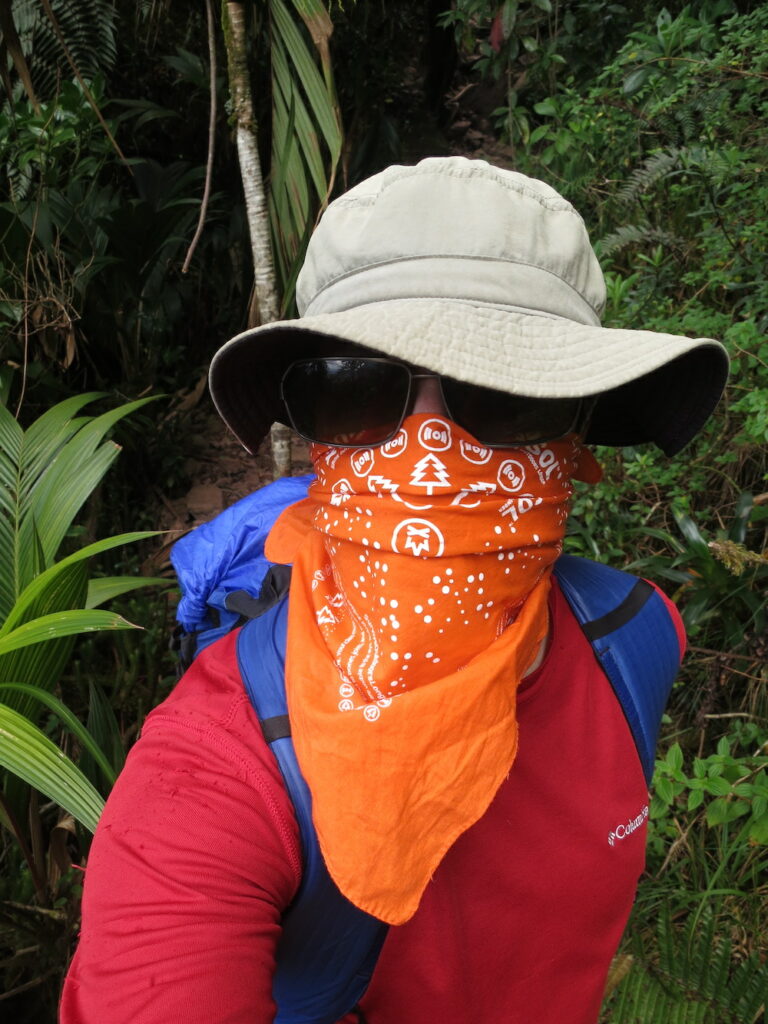
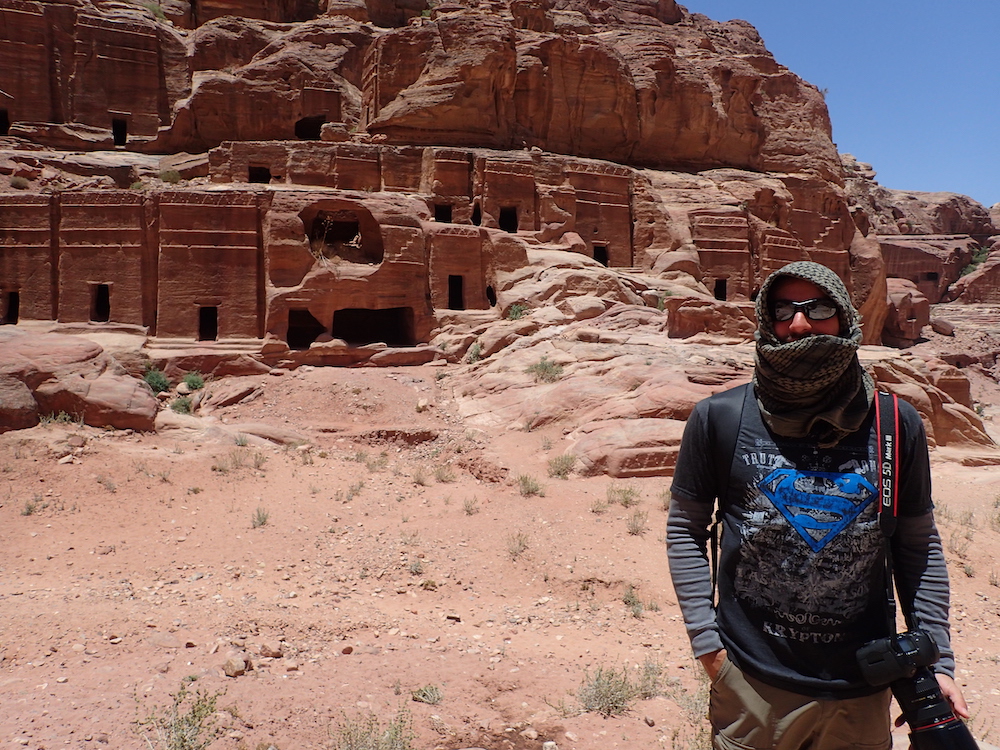
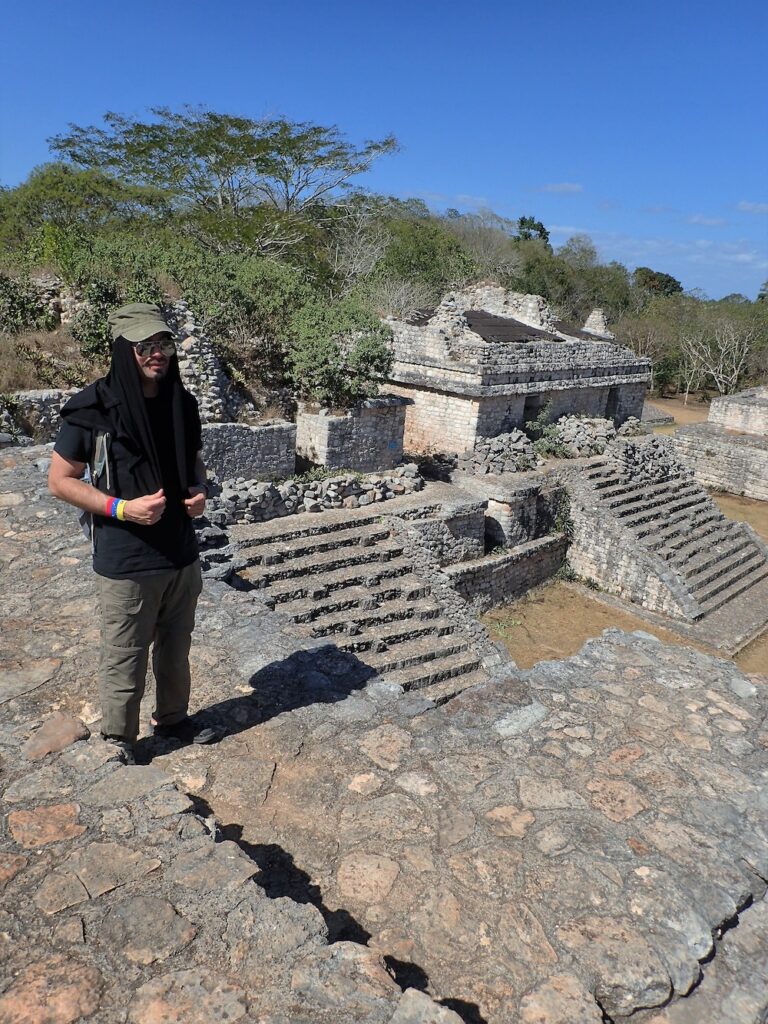

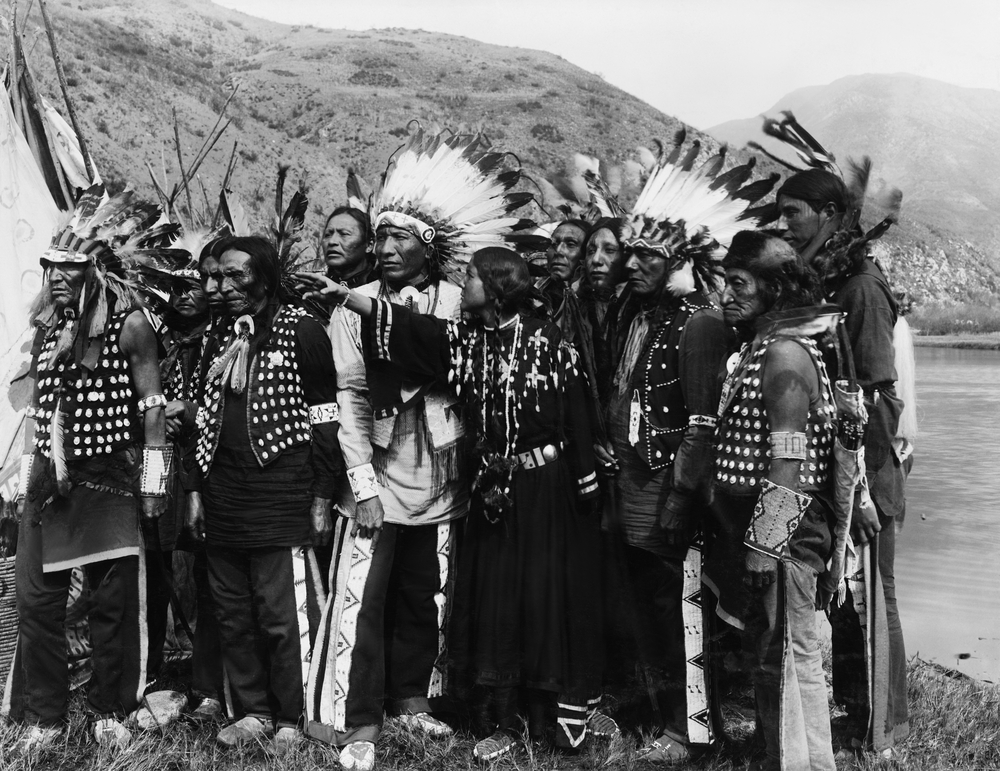







































Thanks for the article, Reuben… Makes me wanna grab my gear and go have some fun.
I love the point about most people assuming (1st world) westerners are rich, I see it every day. People will take dollars and euros in their shops, but they’ll convert aggressively in their favor. It doesn’t matter if it’s a small shop or big supermarket.
P.S. the explanation to why people think you’re rich if you’re obviously from the 1st World can be found through a simple gdp per captia comparison. The more extreme the difference, the more likely locals will think you’re loaded. (I know this because I’m a “local” lol)
Thank you, Miguel. I appreciate you taking the time to give your input!
-RB